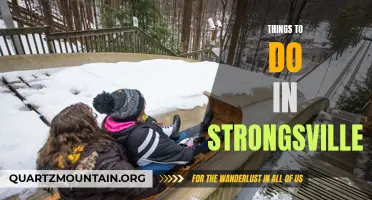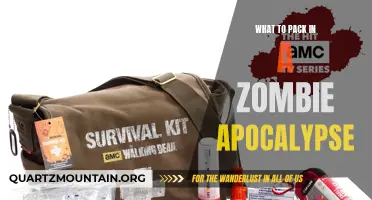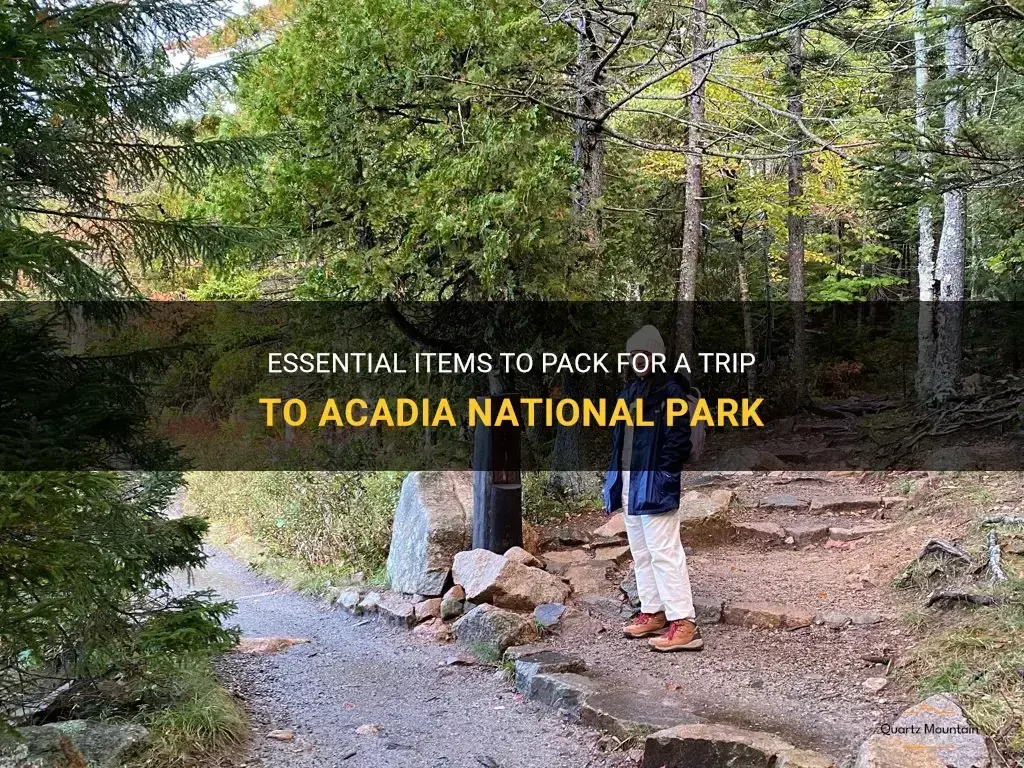
Planning a trip to Acadia National Park? As you prepare for your journey, don't forget to pack these essential items to ensure a smooth and comfortable adventure in this picturesque destination. From hiking gear and camping essentials to outdoor clothing and navigation tools, we've got you covered. Explore the rugged beauty of Acadia National Park with confidence and be ready for whatever nature throws your way!
What You'll Learn
- What essential items should I pack for a visit to Acadia National Park?
- Are there any specific clothing items I should bring for outdoor activities at Acadia National Park?
- Are there any specific gear or equipment items that are recommended for hikes or camping at Acadia National Park?
- Should I pack any specific food or snacks for my visit to Acadia National Park?
- Are there any safety or emergency items that I should include when packing for Acadia National Park?

What essential items should I pack for a visit to Acadia National Park?
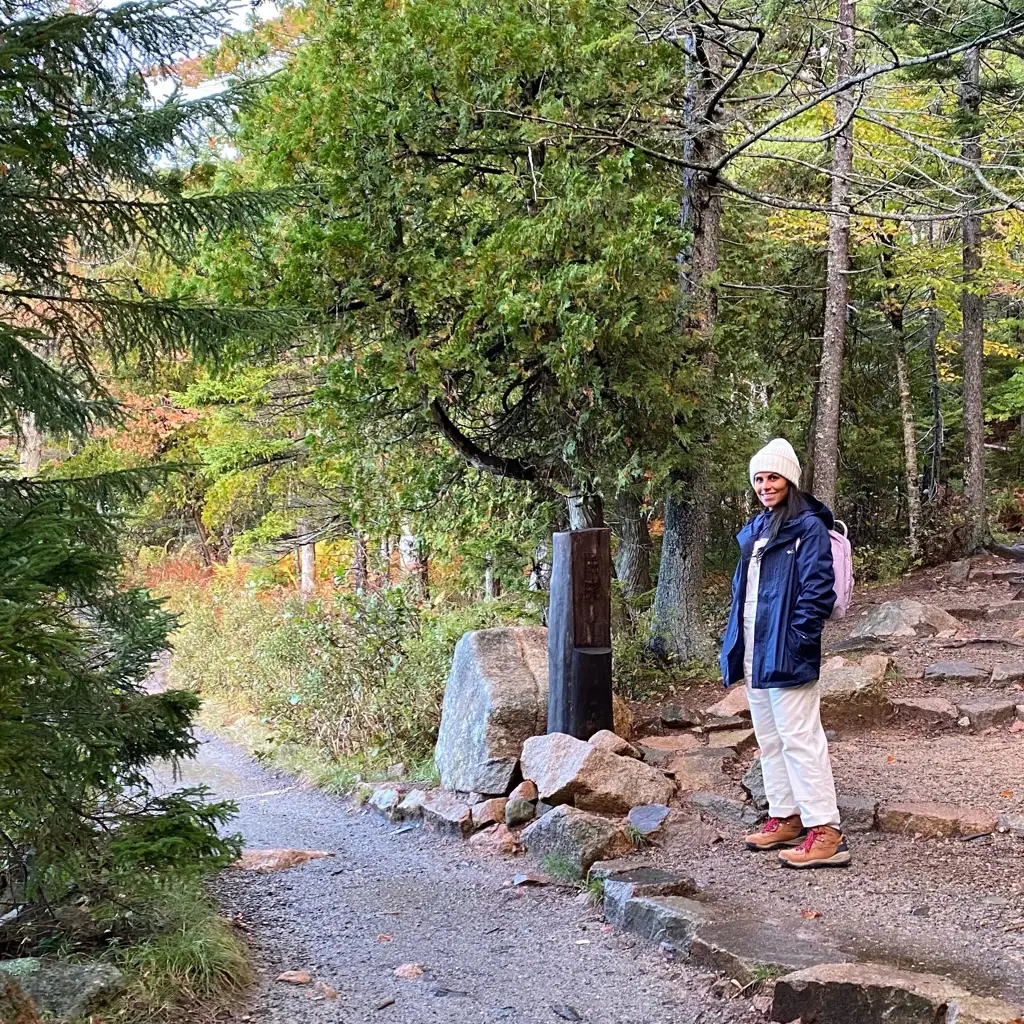
If you're planning a visit to Acadia National Park, there are several essential items you should consider packing to ensure a comfortable and enjoyable trip. Whether you're embarking on a day hike or planning to camp overnight, having the right gear can make a big difference. In this article, we'll discuss some key items you should pack for a visit to Acadia National Park.
Hiking boots:
Acadia National Park offers a variety of hiking trails, from easy walks to more challenging climbs. To navigate these trails safely and comfortably, it's important to have a good pair of hiking boots. Look for boots that provide ankle support and have a sturdy sole for better traction on uneven terrain.
Layered clothing:
Acadia's weather can be unpredictable, so it's important to pack clothing that can be layered easily. Start with a moisture-wicking base layer, such as a lightweight shirt and pants, to help regulate your body temperature. On top of this, pack a warm fleece or sweater, as well as a waterproof and windproof outer layer, such as a rain jacket.
Water and snacks:
Staying hydrated is crucial when exploring Acadia National Park. Be sure to bring plenty of water, especially if you're planning a longer hike. It's also a good idea to pack energizing snacks like granola bars, trail mix, or dried fruit to keep your energy levels up during your adventures.
Map and compass:
While Acadia National Park is relatively well-marked, it's always a good idea to carry a map and compass as a backup. These tools can help you navigate in case you find yourself off-trail or in an unfamiliar area.
First aid kit:
Accidents can happen even on well-maintained trails, so it's essential to carry a basic first aid kit. Include items such as bandages, antiseptic wipes, pain relievers, and any personal medications you may need.
Sun protection:
Acadia's trails often offer little shade, so it's important to protect yourself from the sun. Pack sunscreen with a high SPF, a wide-brimmed hat, sunglasses, and lightweight, breathable clothing to shield your skin from harmful UV rays.
Insect repellent:
Acadia National Park is home to a variety of biting insects, such as mosquitos and ticks. Protect yourself by bringing insect repellent with at least 20% DEET or another effective active ingredient.
Camping gear:
If you plan to camp overnight in Acadia, be sure to pack the necessary camping gear. This includes a tent, sleeping bag, sleeping pad, camping stove, cookware, and food. Check the park's regulations on camping and make any necessary reservations in advance.
Remember, packing the right gear and essential items can greatly enhance your experience at Acadia National Park. By being prepared, you can fully enjoy the park's breathtaking scenery and outdoor activities. So, don't forget to bring the essentials and get ready for an unforgettable adventure in one of America's most beautiful national parks.
Essential Items to Pack for a December Trip to Arizona
You may want to see also

Are there any specific clothing items I should bring for outdoor activities at Acadia National Park?
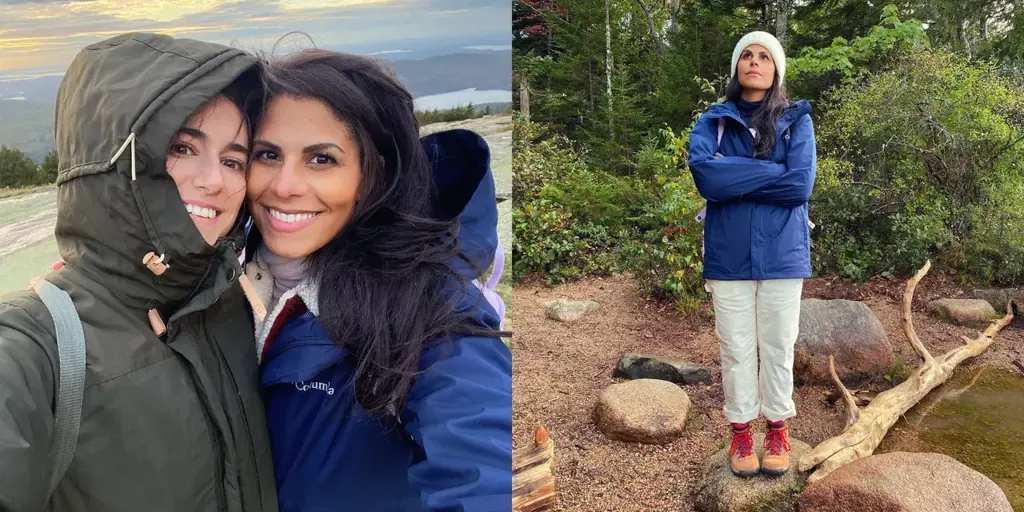
When visiting Acadia National Park, it is essential to come prepared with the right clothing for outdoor activities. The weather in the park can vary, so it is crucial to bring items that will keep you comfortable no matter what the conditions. Here are some specific clothing items you should consider packing for your adventure at Acadia National Park:
- Layered Clothing: The weather at Acadia can change rapidly, so it is important to bring clothing that can be easily layered. This will allow you to add or remove layers as needed throughout the day. Start with a moisture-wicking base layer to keep you dry and comfortable. Over this, wear a warm insulating layer such as a fleece or down jacket. Finally, bring a waterproof and breathable outer layer to protect you from rain or wind.
- Hiking Boots: As Acadia National Park offers various hiking trails, it is essential to have sturdy, comfortable hiking boots. Choose boots that provide ankle support and have a good grip on different terrains. Waterproof boots are also recommended, as there may be wet areas on the trails.
- Moisture-Wicking Socks: To keep your feet dry and prevent blisters, it is important to wear moisture-wicking socks. Avoid cotton socks, as they tend to retain moisture. Instead, opt for synthetic or wool socks that can wick away sweat and keep your feet dry.
- Hat: Protecting your head and face from the sun is crucial, especially during the summer months. Pack a wide-brimmed hat to shield your face from the sun's rays and keep you cooler. In cooler weather, a beanie or a hat that covers your ears can help keep you warm.
- Sunglasses: The sun can be quite bright, especially on clear days, so it is essential to bring a pair of sunglasses with UV protection. This will not only protect your eyes from the harmful rays but also enhance visibility and reduce glare.
- Gloves: If you are visiting Acadia National Park during the colder months, a pair of gloves can be essential. They will keep your hands warm and help maintain dexterity while participating in activities such as hiking or photography.
- Swimwear: Acadia National Park offers beautiful lakes and beaches where you can take a refreshing dip. Pack swimwear so that you can enjoy a swim or relax by the water if the weather permits.
It is important to note that the clothing you bring should be suitable for the specific activities you plan to engage in at Acadia National Park. Consider the length and difficulty of the trails you plan to hike, the weather forecast, and the time of year when deciding what clothing to pack. By bringing the right clothing items, you can ensure a comfortable and enjoyable experience exploring the stunning landscapes of Acadia National Park.
Essential Snow Gear: What to Pack for a Winter Wonderland
You may want to see also

Are there any specific gear or equipment items that are recommended for hikes or camping at Acadia National Park?
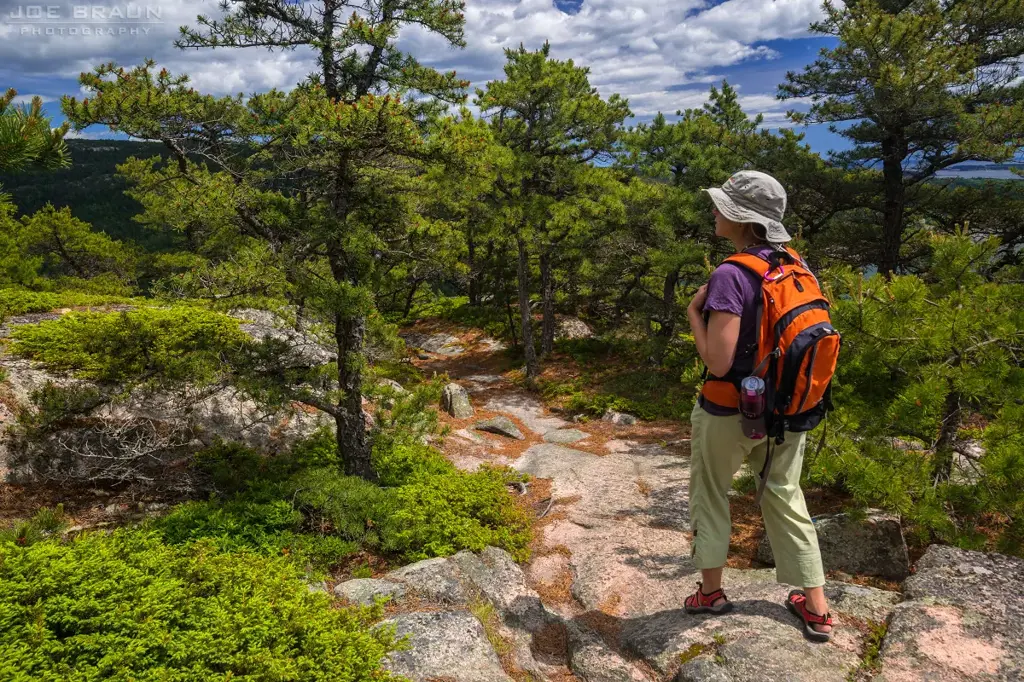
When planning a hike or camping trip at Acadia National Park, it is important to come prepared with the right gear and equipment to ensure a safe and enjoyable experience. Here are some recommended items that you should consider bringing with you:
- Backpack: A sturdy backpack is essential for carrying all your gear and supplies. Look for one with comfortable straps and multiple compartments for easy organization.
- Hiking boots: Good footwear is crucial for navigating the rocky terrain at Acadia. Invest in a pair of high-quality hiking boots that provide ankle support and have a grippy sole for traction.
- Map and compass: While Acadia National Park has well-marked trails, it's always a good idea to have a map and compass as a backup. Make sure you know how to use them before setting out on your hike.
- Water bottles and hydration bladder: It's important to stay hydrated while exploring Acadia. Bring enough water bottles or a hydration bladder to ensure you have access to clean drinking water throughout your trip.
- Layers of clothing: Acadia's weather can be unpredictable, so it's best to dress in layers. A moisture-wicking base layer, insulating mid-layer, and a waterproof outer layer are recommended. Don't forget to bring extra socks and a hat to protect yourself from the sun.
- Snacks and food: Pack lightweight and high-energy snacks that will keep you fueled during your hike. Consider bringing trail mix, energy bars, and dried fruits. If you plan on camping overnight, pack your meals accordingly and ensure you have a way to cook them.
- First aid kit: Accidents can happen, so it's important to have a well-stocked first aid kit with you. Include items such as band-aids, gauze pads, adhesive tape, pain relievers, and any necessary prescription medications.
- Headlamp or flashlight: If you plan on hiking early in the morning or after sunset, a headlamp or flashlight is essential for navigating the dark trails. Make sure to bring extra batteries as well.
- Trekking poles: Trekking poles can provide stability and reduce strain on your knees and ankles, especially on steep and uneven terrain. They are particularly useful for longer hikes or when carrying a heavy backpack.
- Camping gear (if applicable): If you plan on camping at Acadia, you'll need to bring a tent, sleeping bag, sleeping pad, camping stove, and cooking utensils. Make sure your gear is suitable for the weather conditions and follow park regulations regarding campsite selection and open fires.
Remember to always check the weather conditions and trail closures before heading out, and let someone know of your hiking or camping plans. By being properly equipped, you can have a safe and enjoyable experience at Acadia National Park.
Essential Items to Pack When Moving Abroad: A Comprehensive Guide
You may want to see also

Should I pack any specific food or snacks for my visit to Acadia National Park?
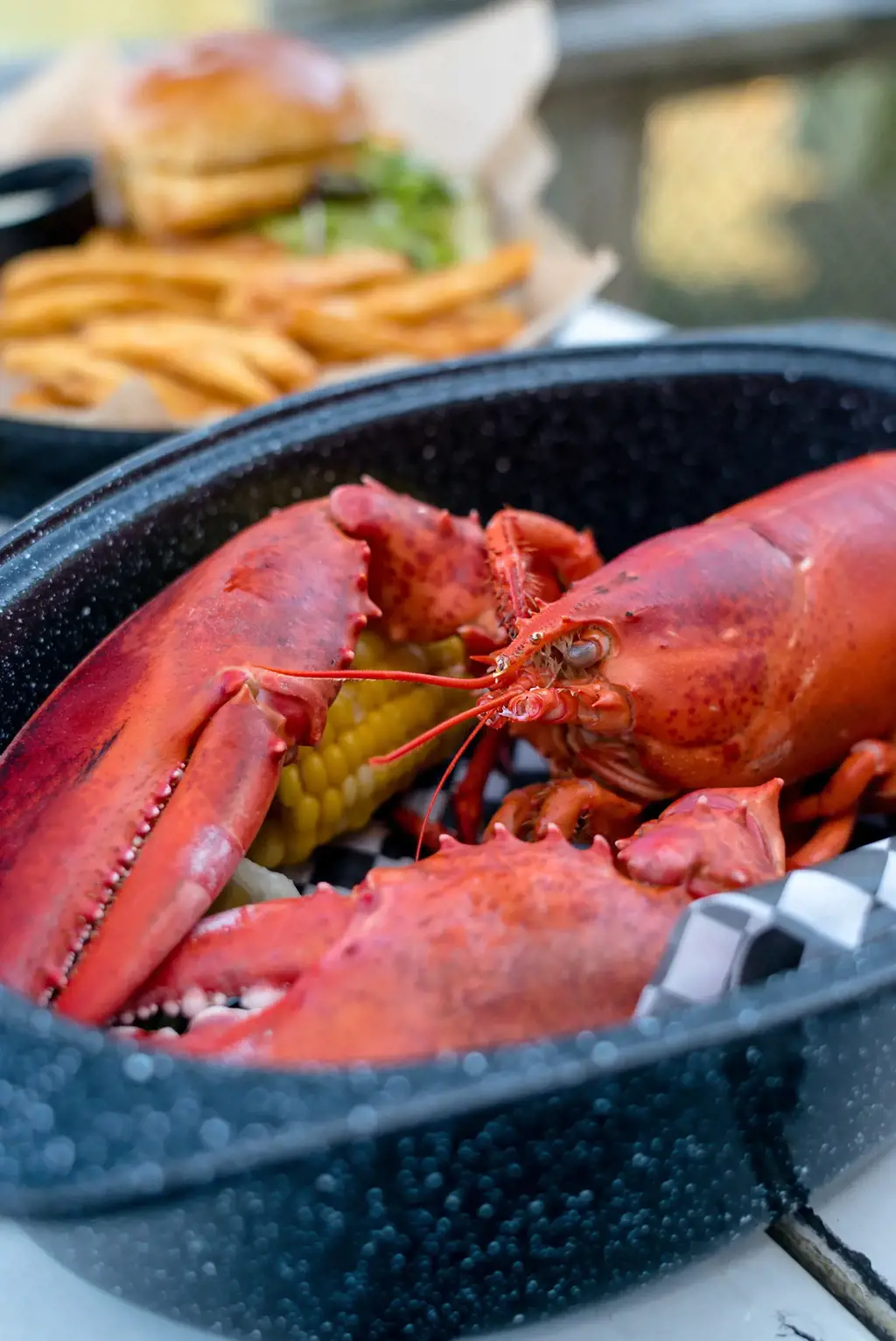
When visiting Acadia National Park, it's important to plan ahead and pack the necessary food and snacks to ensure a enjoyable and successful trip. While there are dining options within the park, bringing your own food can be more convenient and budget-friendly. Here are some things to consider when packing for your visit to Acadia National Park:
- Nutrition: When participating in outdoor activities such as hiking, biking, or kayaking, it's important to fuel your body with nutritious foods. Pack snacks that are rich in protein, fiber, and healthy fats to keep you energized throughout the day. Examples include trail mix, nuts, granola bars, and dried fruit.
- Hydration: Staying hydrated is crucial when exploring Acadia National Park, especially during the hot summer months. Be sure to pack plenty of water and electrolyte-rich beverages to replenish fluids lost through sweating. Consider using a reusable water bottle to reduce waste and stay environmentally friendly.
- Convenience: Opt for foods that are easy to pack and require minimal preparation. Portable options like sandwiches, wraps, and pre-cut fruits and vegetables are ideal for on-the-go snacking. Avoid perishable items that may spoil quickly, especially if you plan on spending the whole day outdoors.
- Allergies and dietary restrictions: If you have any food allergies or dietary restrictions, it's important to pack snacks that accommodate your needs. Consider gluten-free crackers, dairy-free protein bars, or vegan snacks to ensure you have suitable options available.
- Local specialties: Acadia National Park is located in Maine, known for its fresh seafood and delicious blueberries. If you're a seafood lover, consider packing canned tuna or salmon for a quick and easy meal. You can also indulge in the local specialty by bringing along some blueberry snacks or baked goods.
- Waste management: Leave no trace is an important principle when visiting national parks. Pack your food in resealable containers to prevent any leakage or spills. Bring along trash bags and be sure to properly dispose of any waste in designated areas.
Remember, packing the right food and snacks for your visit to Acadia National Park can enhance your overall experience. By planning ahead and considering your nutritional needs, convenience, and environmental impact, you can enjoy a satisfying and enjoyable adventure in this beautiful national park.
Essential Packing List for a Productive 7-Day Business Trip
You may want to see also

Are there any safety or emergency items that I should include when packing for Acadia National Park?
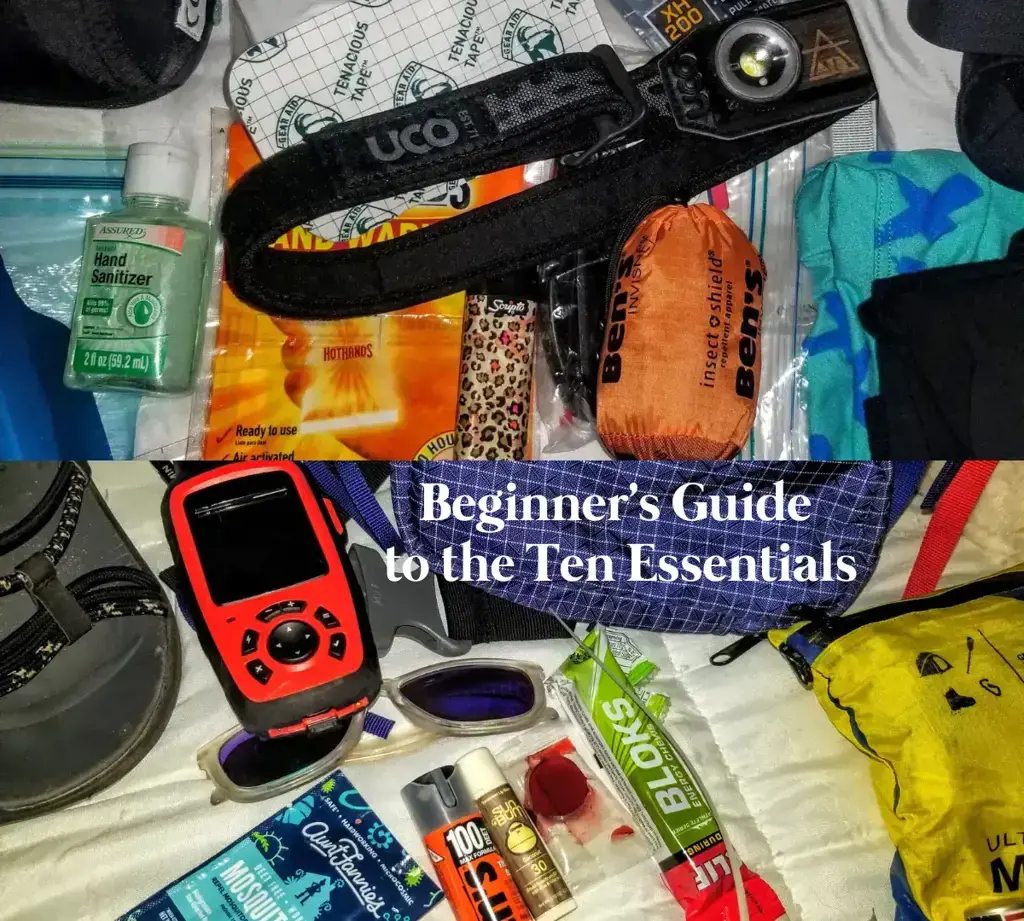
It's always important to be prepared when heading out into the great outdoors, especially when visiting remote locations like Acadia National Park. While Acadia is a stunningly beautiful park, accidents can still happen, and being prepared with the right safety and emergency items can make all the difference. In this article, we'll discuss some important items you should consider including in your packing list for Acadia National Park.
- First Aid Kit: A well-stocked first aid kit is an essential item to have on hand during any outdoor adventure. Make sure your kit includes bandages, antiseptic ointments, tweezers, pain relievers, and any personal medications or medical supplies you may need.
- Navigation Tools: While Acadia National Park has a well-marked trail system, it's always a good idea to have navigation tools on hand. A map and compass are essential, but you may also want to consider bringing a GPS device or smartphone with offline maps.
- Emergency Whistle: If you find yourself in distress or lost, an emergency whistle can be a lifesaver. It can help rescuers locate you more quickly, especially in dense forests or rugged terrain.
- Multi-tool: A multi-tool, such as a Swiss Army knife, can come in handy in various situations. It can help with minor repairs, cutting ropes or cords, and even provide essential tools like a knife or a pair of pliers.
- Rain Gear: Weather conditions in Acadia National Park can be unpredictable, and rain can quickly ruin a day of hiking or camping. Pack a waterproof jacket, pants, and a rain cover for your backpack to stay dry and comfortable during unexpected showers.
- Extra Clothing: It's always a good idea to pack extra layers of clothing, especially during colder months or when hiking at higher elevations. Pack warm and moisture-wicking clothing to help regulate body temperature and prevent hypothermia.
- Food and Water: Staying hydrated and fueled during your adventures is crucial. Pack plenty of water and high-energy snacks like trail mix, energy bars, or dried fruits. Avoid dehydrated meals that require water, as there may not always be a reliable water source available.
- Headlamp or Flashlight: Even if you're not planning on hiking at night, having a headlamp or flashlight in your backpack is essential. It can help you navigate through dark areas, signal for help, or find your way back to your campsite.
- Personal Locator Beacon: A personal locator beacon (PLB) is a small device that can send out a distress signal to search and rescue teams in case of an emergency. This can be a valuable tool if you find yourself in a life-threatening situation and need immediate assistance.
- Extra Batteries and Power Banks: Keep your electronic devices charged and ready to use by packing extra batteries or power banks. This way, you'll have a backup power source for navigation tools, emergency communication devices, or your smartphone.
Remember, this list is not exhaustive, and you should always consider your own specific needs and the activities you plan on undertaking in Acadia National Park. Always research and consult with local park authorities to ensure you're fully prepared for any potential emergencies or safety concerns. By being prepared, you can enjoy a safe and enjoyable experience in Acadia National Park.
Essential Items to Pack for Your Hysterectomy Recovery
You may want to see also
Frequently asked questions
When packing for a trip to Acadia National Park, it's important to consider the weather and activities you plan on doing. Some essentials to pack include comfortable hiking shoes, layers of clothing for varying weather conditions, a backpack to carry your belongings, a reusable water bottle, sunscreen, insect repellent, and a hat. It's also a good idea to bring a camera to capture the beautiful landscapes and wildlife you'll encounter.
If you're planning on camping in Acadia National Park, you'll need to bring some additional items. Along with all the essentials mentioned earlier, you'll also need a tent, sleeping bag, sleeping pad, camping stove, cooking utensils, food, and a flashlight or headlamp. Make sure to check the park's regulations for any specific camping gear requirements. It's also recommended to bring a first aid kit in case of any emergencies.
While it's important to pack all the necessary items for your trip to Acadia National Park, there are a few things you should leave behind. It's best to avoid bringing excessive amounts of clothing and unnecessary gadgets to keep your backpack light and easy to carry. Leave behind any non-essential valuables or expensive items that could get lost or damaged during outdoor activities. Additionally, it's important to respect the park's guidelines and leave behind anything that could harm the environment, such as single-use plastics or disposable items.



